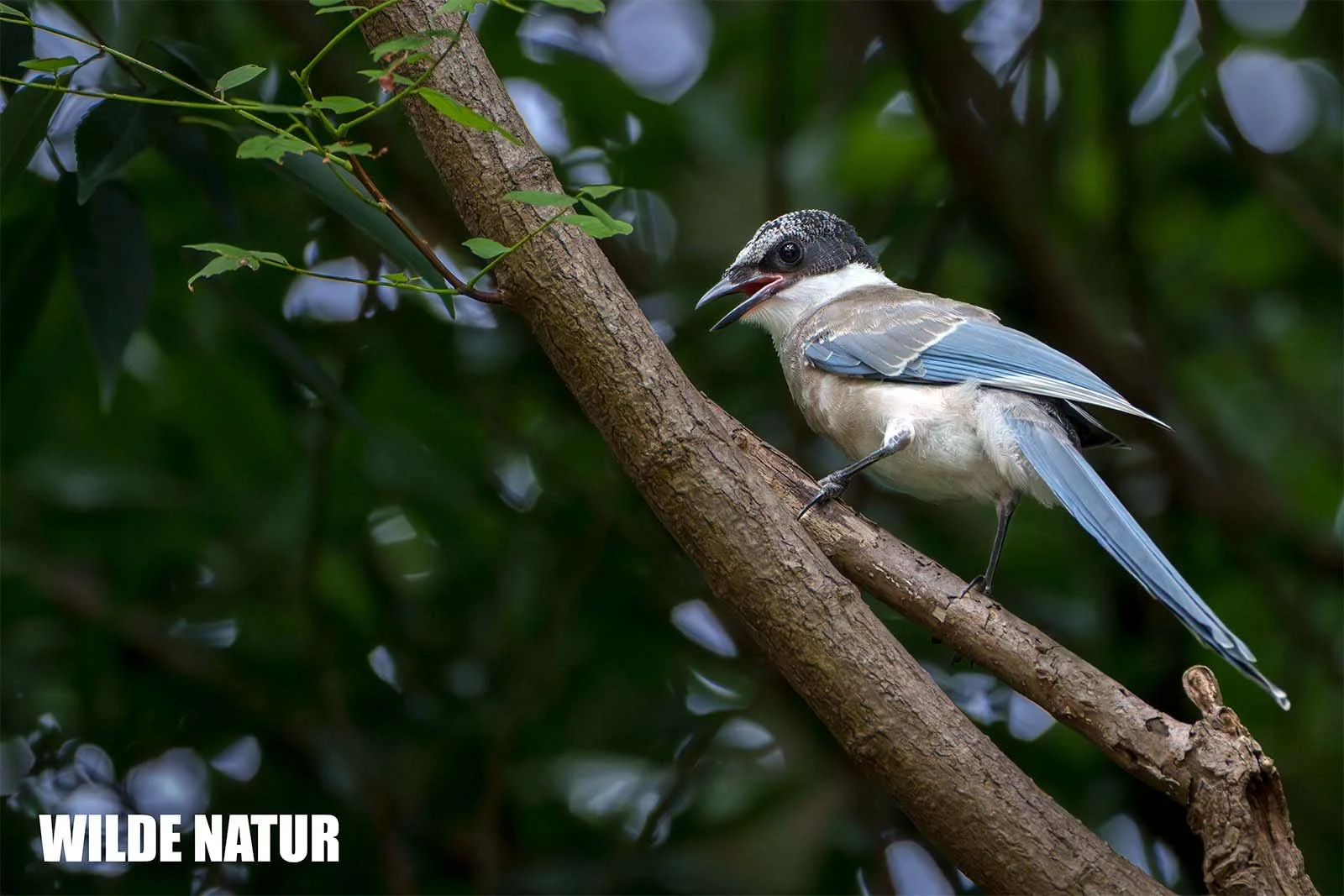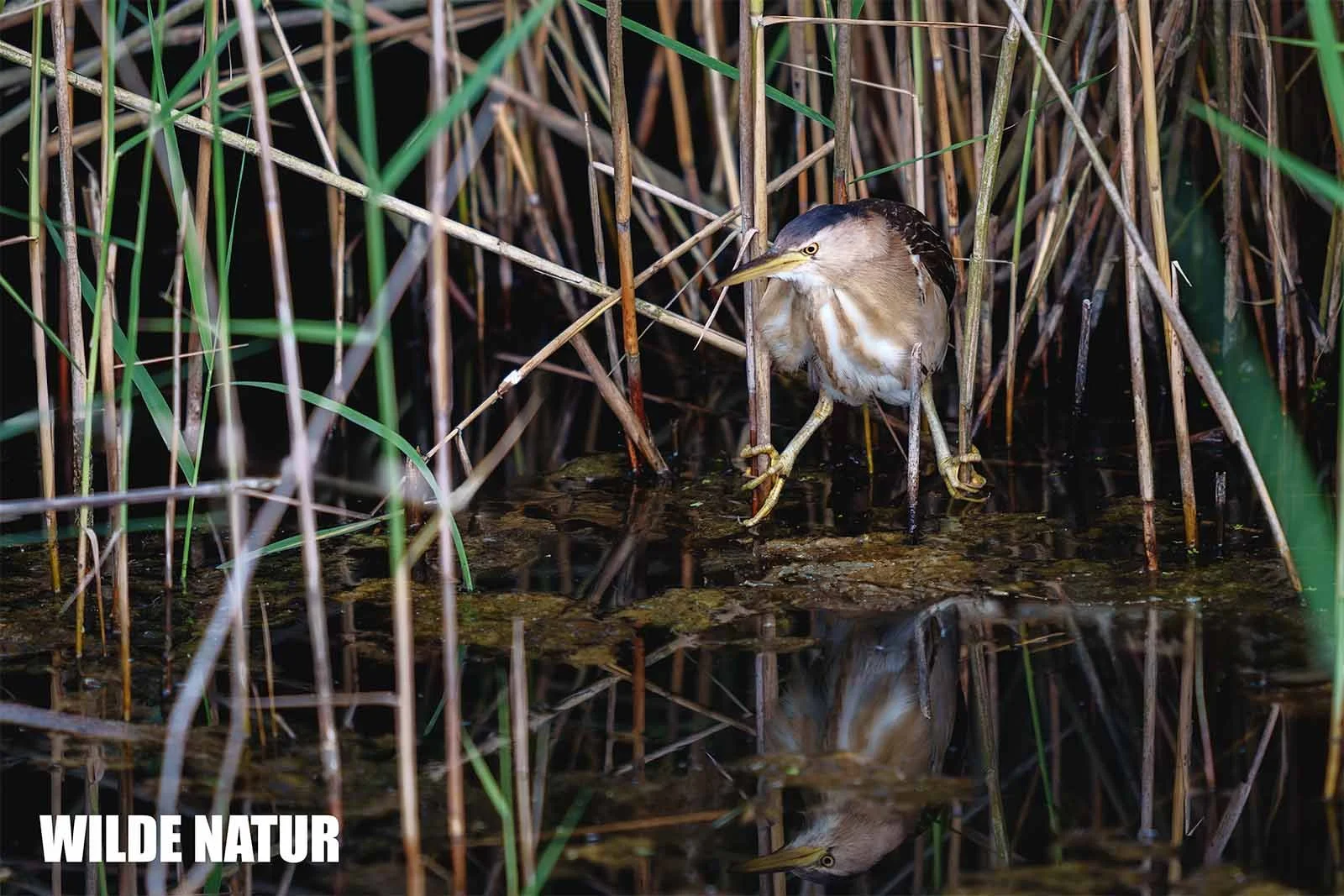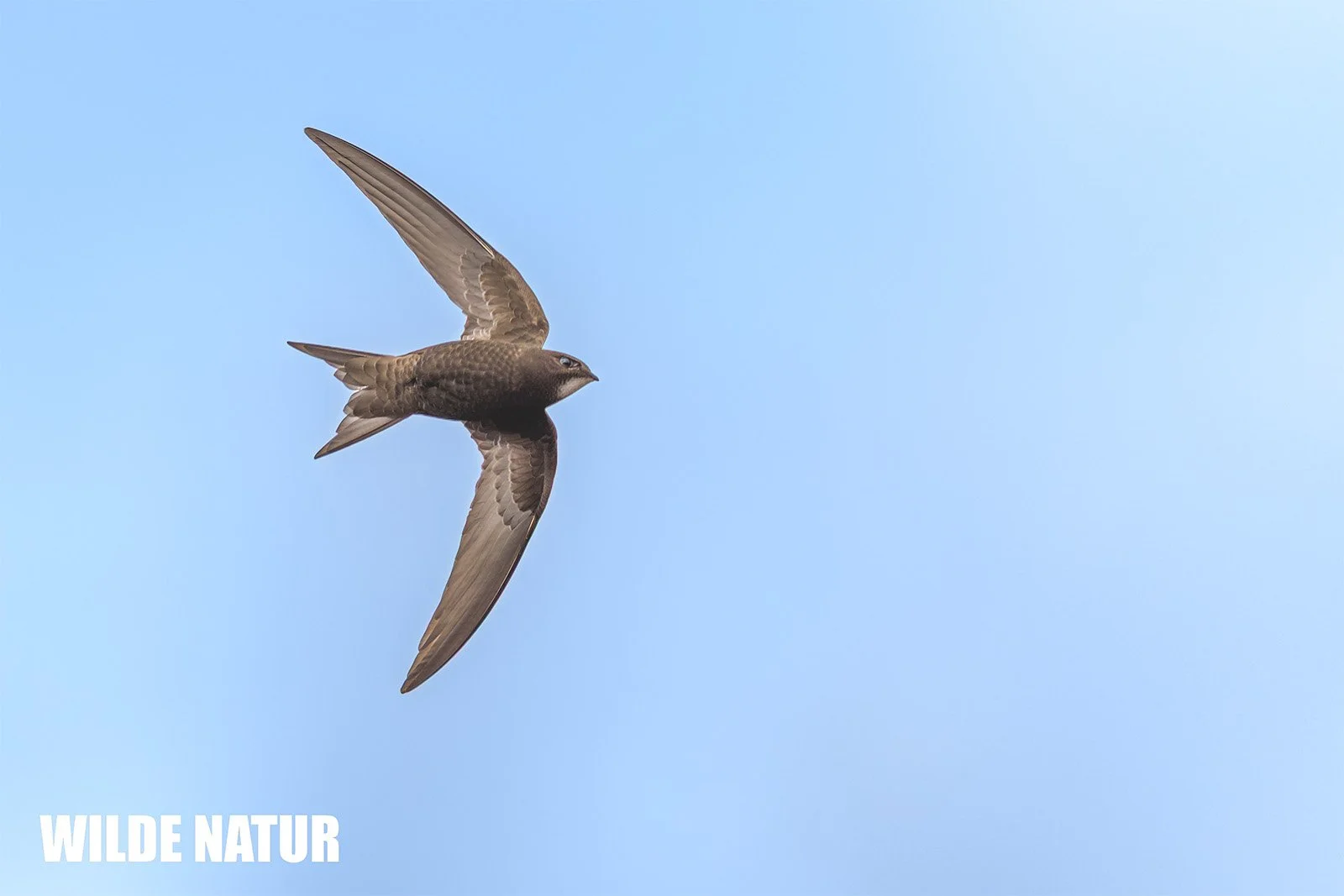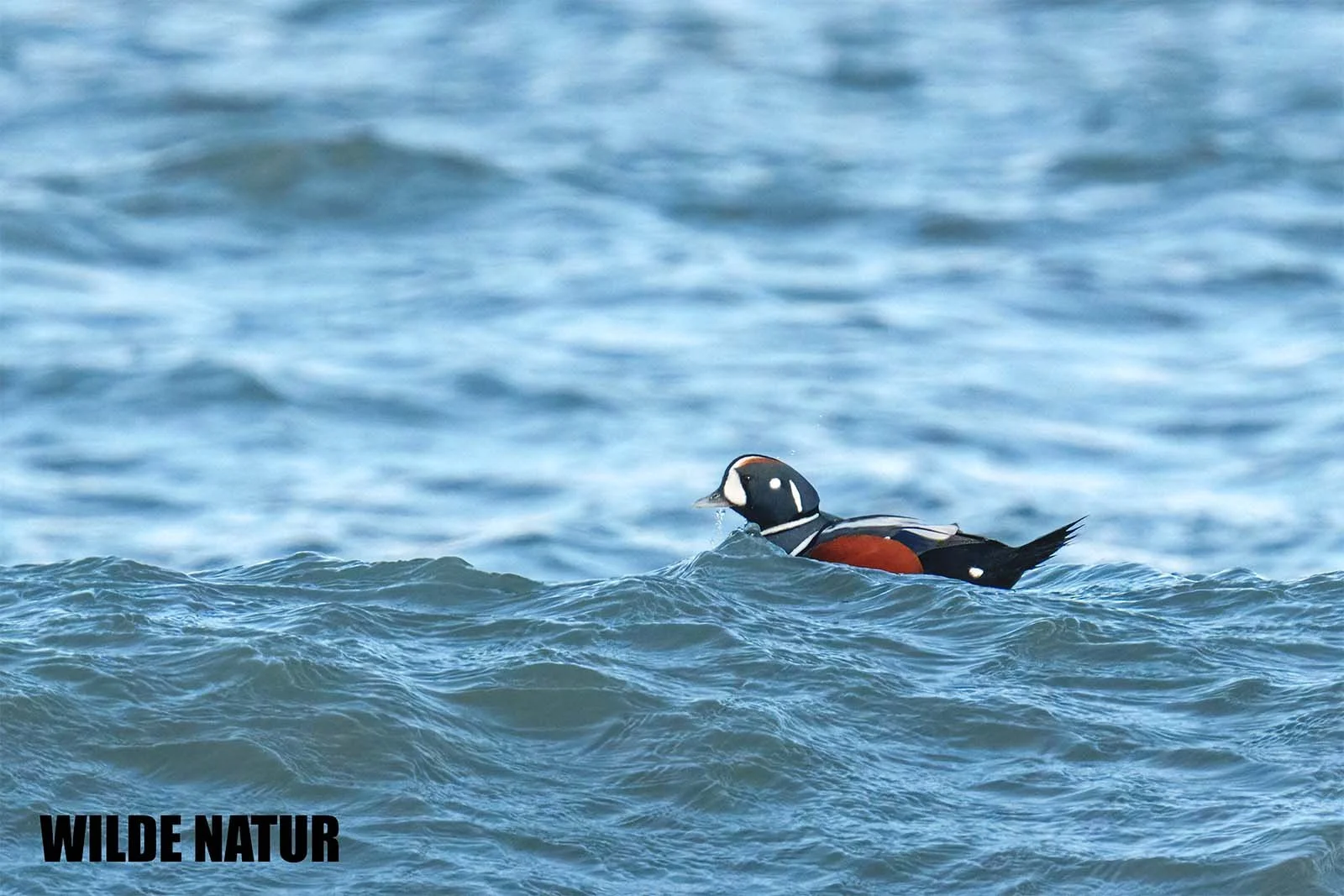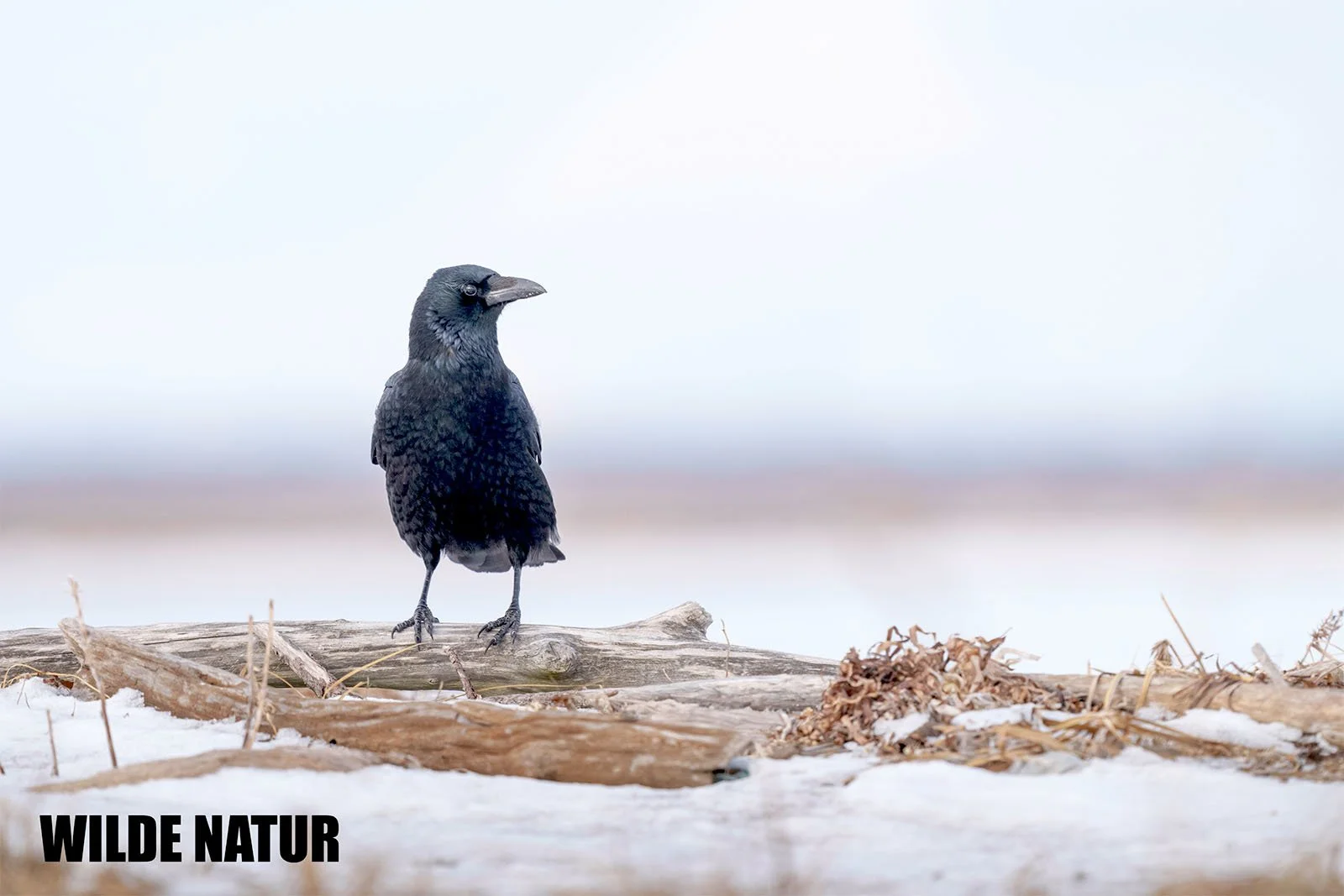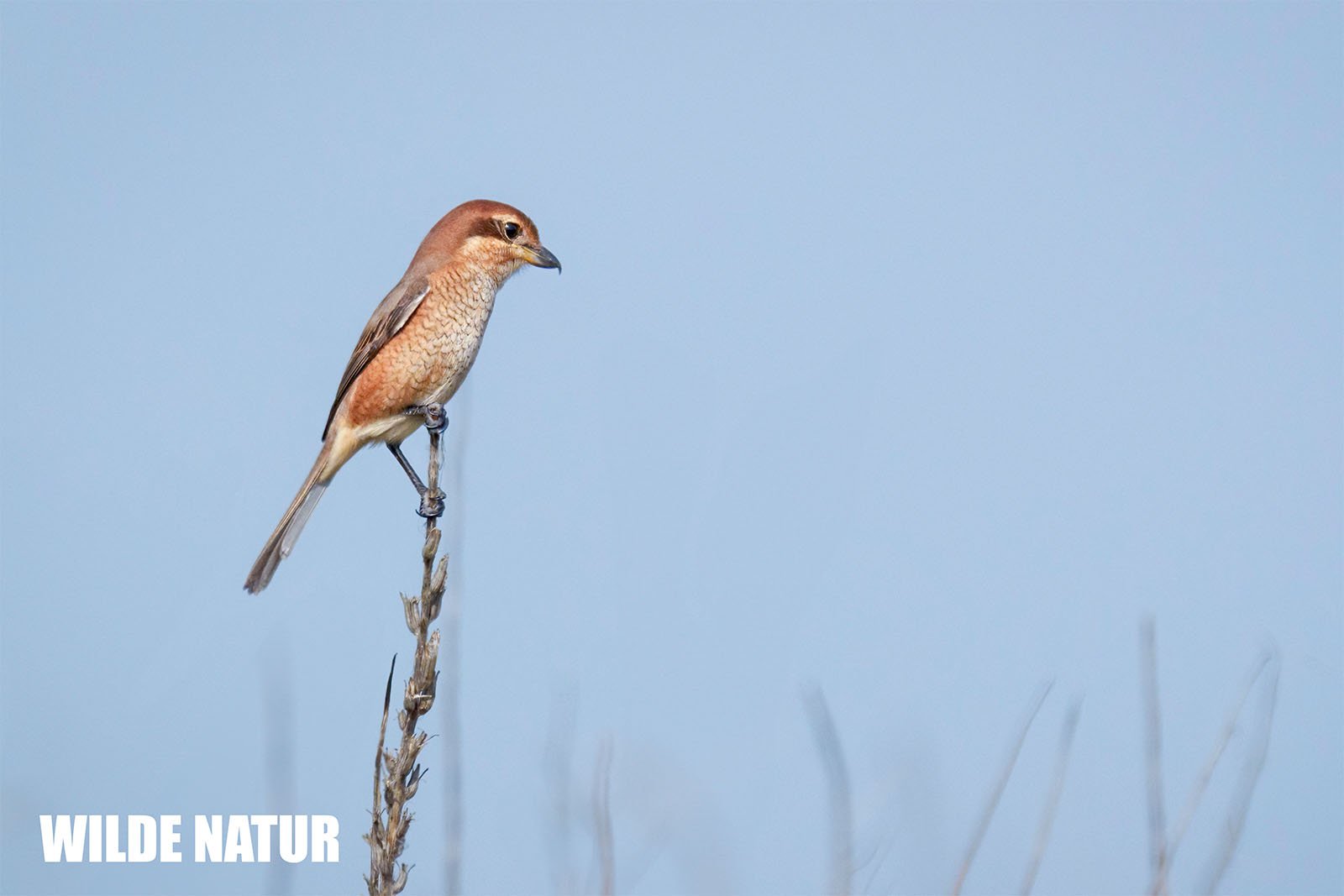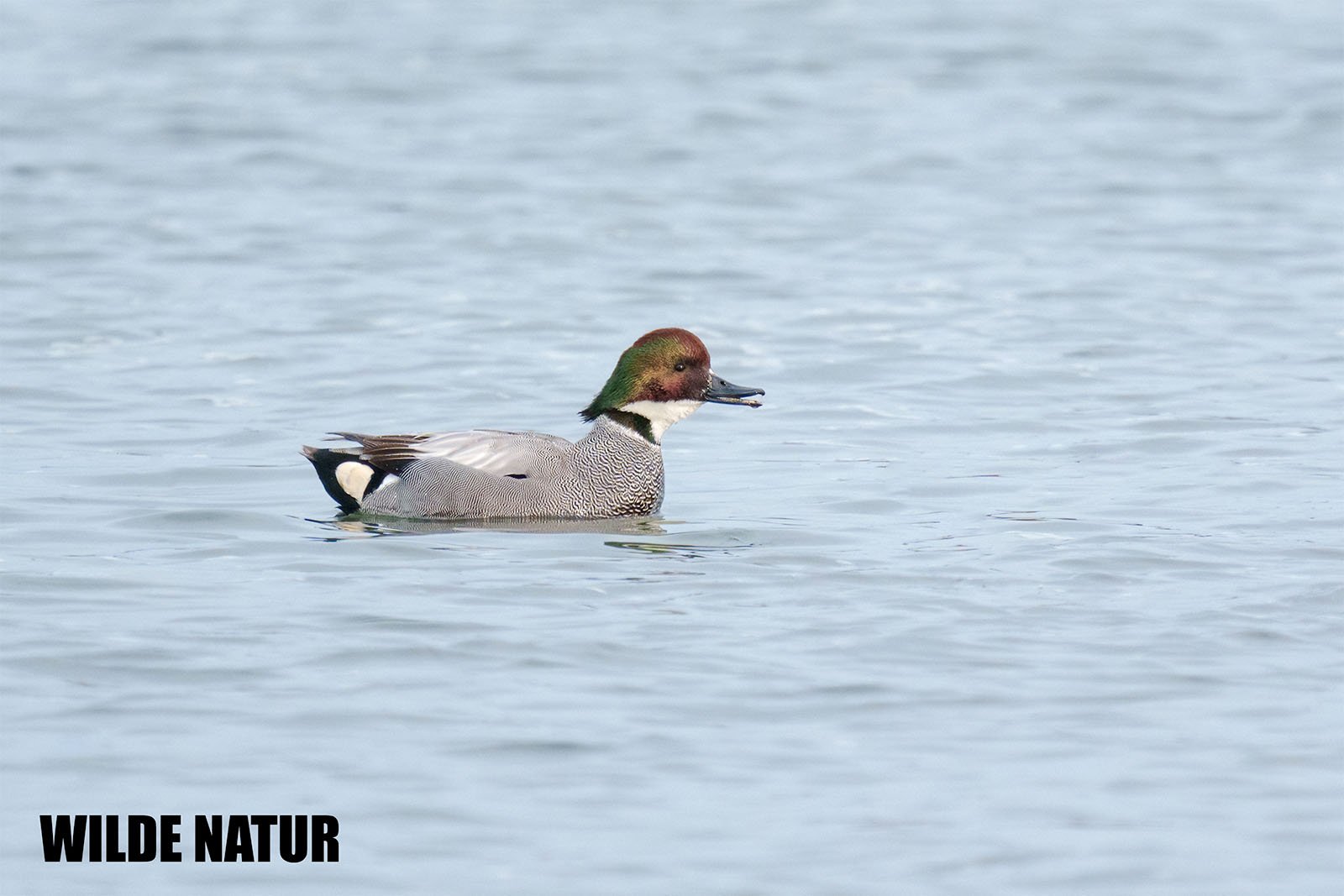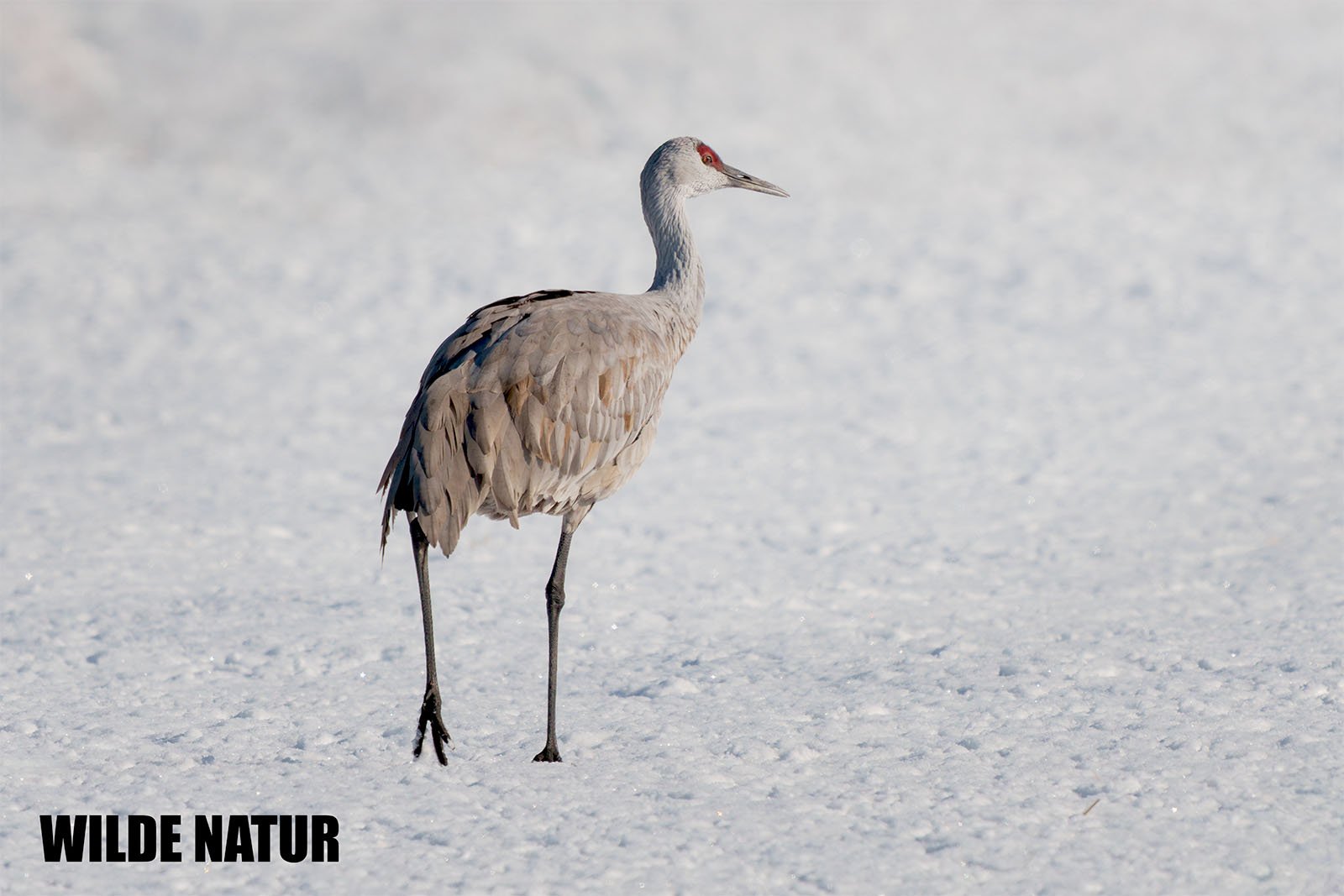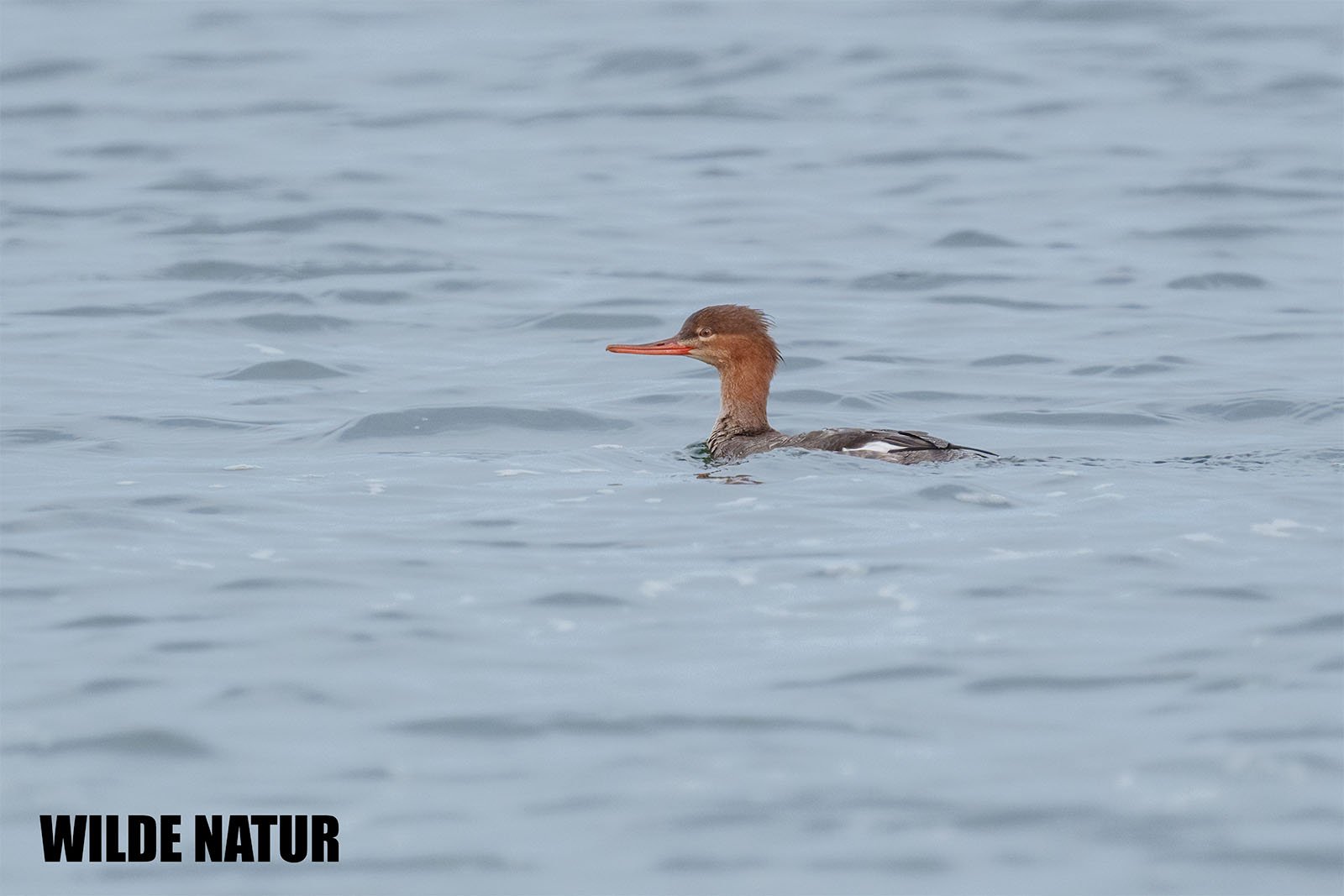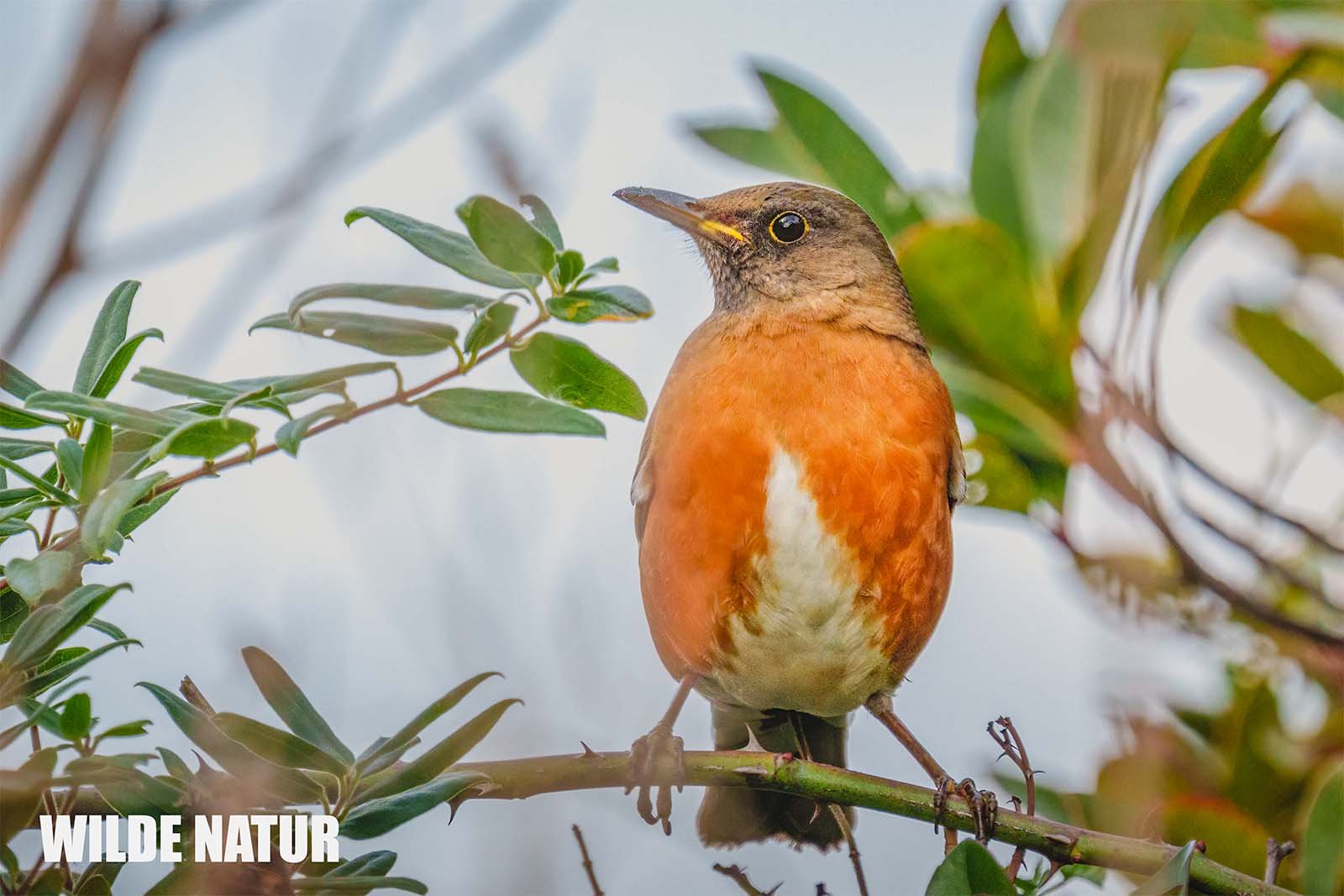Red-backed shrike (Lanius collurio)
Red-backed shrike (Lanius collurio) male
Red-backed Shrike (Lanius collurio) – The Thorn Bird
The Red-backed Shrike is a medium-sized songbird known for its striking appearance and unique hunting method. It catches small prey and impales it on thorns or sharp branches, storing food for later. This habit makes the bird fascinating to observe in open landscapes and along forest edges.
Quick Facts:
- Size: 16–18 cm
- Features: Males have a grey head with a black eye mask; females are brown with less contrast
- Habitat: Open, bushy areas, forest edges, heathlands, often near thorny bushes
- Breeding: Builds well-hidden nests in thorn bushes, usually low to the ground
- Diet: Insects, small birds, and mammals, which are often impaled on thorns
Table of Contents
- Introduction: The Red-backed Shrike – A Bird with a Unique Hunting Style
- Features and Appearance: How to Identify the Red-backed Shrike
- Habitat and Distribution: Where the Red-backed Shrike Lives
- Behavior and Diet: The Thorn Bird and Its Hunting Technique
- Breeding: Hidden Nests in Thorny Bushes
- FAQ: Common Questions About the Red-backed Shrike
- Shortlist – Key Features
1. Introduction: The Red-backed Shrike – A Bird with a Unique Hunting Style
The Red-backed Shrike, also known as the “Thorn Bird,” is famous for its unusual way of storing food. It impales insects and small animals on thorns or branches to eat later. This behavior, along with its striking appearance, makes it one of the most interesting birds to watch in open, bushy landscapes.
2. Features and Appearance: How to Identify the Red-backed Shrike
The Red-backed Shrike is easy to recognize due to its distinctive color patterns, which differ between males and females.
Male: The male has a grey head with a bold black eye mask, giving it a predator-like appearance. Its back is grey, and its tail is black with white edges. The chest is pinkish, creating a striking contrast with the darker upper parts.
Female: The female is more subtle, with a brown back and delicate patterns. The underparts are lighter, often cream-colored, with fine markings. The female lacks the male's black eye mask, making her look softer and less striking.
Beak: The short, strong beak is black and slightly hooked, resembling a bird of prey's beak, perfect for catching and tearing apart small animals.
Eyes: The dark eyes of the male stand out thanks to the black mask, giving the bird a sharp, focused look.
Feet: The black feet are small but equipped with sharp claws, helping the bird hold onto branches and impale prey on thorns.
3. Habitat and Distribution: Where the Red-backed Shrike Lives
The Red-backed Shrike prefers open landscapes with bushes. It is often found at forest edges, in heathlands, and near thorny shrubs, which provide excellent spots to impale its prey. The bird thrives in sunny areas of Central Europe and can often be seen perched on bushes, watching for movement.
4. Behavior and Diet: The Thorn Bird and Its Hunting Technique
The Red-backed Shrike is an active hunter that feeds on insects, small birds, and mammals. Its unique habit of impaling prey on thorns or branches allows it to store food for later. This behavior also helps protect its catch from other animals.
The bird hunts from a high perch, waiting patiently for prey to pass by. Once spotted, it swoops down quickly to catch its victim.
5. Breeding: Hidden Nests in Thorny Bushes
The Red-backed Shrike builds its nest well-hidden in thorny bushes, usually close to the ground. The nest is made of grass, twigs, and plant material and is built by both partners. The female lays 4–6 eggs, which she incubates for about 14 days. After hatching, both parents feed the chicks until they are ready to leave the nest.
6. FAQ: Common Questions About the Red-backed Shrike
1. Where can I see the Red-backed Shrike?
The Red-backed Shrike lives in open landscapes, often near thorny bushes at forest edges and heathlands.
2. What does the Red-backed Shrike eat?
It feeds on insects, small birds, and mammals, which it often impales on thorns.
3. Why does the Red-backed Shrike impale its prey?
The bird impales its prey to store food for later and to keep it safe from other animals.
4. How do you tell the difference between males and females?
The male has a grey head with a black eye mask, while the female is brown and lacks the black mask.
5. When does the Red-backed Shrike breed?
The breeding season starts in late spring, and the female lays 4–6 eggs that hatch after about 14 days.
7. Shortlist – Key Features
- Size: 16–18 cm
- Male: Grey head, black eye mask, pink chest, black wings
- Female: Brown with subtle patterns, no black mask
- Beak: Short, strong, black, slightly hooked
- Eyes: Dark, sharp look
- Feet: Small, black, with sharp claws
- Habitat: Open, bushy areas
- Diet: Insects, small birds, mammals
The Red-backed Shrike is a fascinating bird, known for its unique hunting methods and striking appearance, making it a standout species in the landscapes it inhabits.



